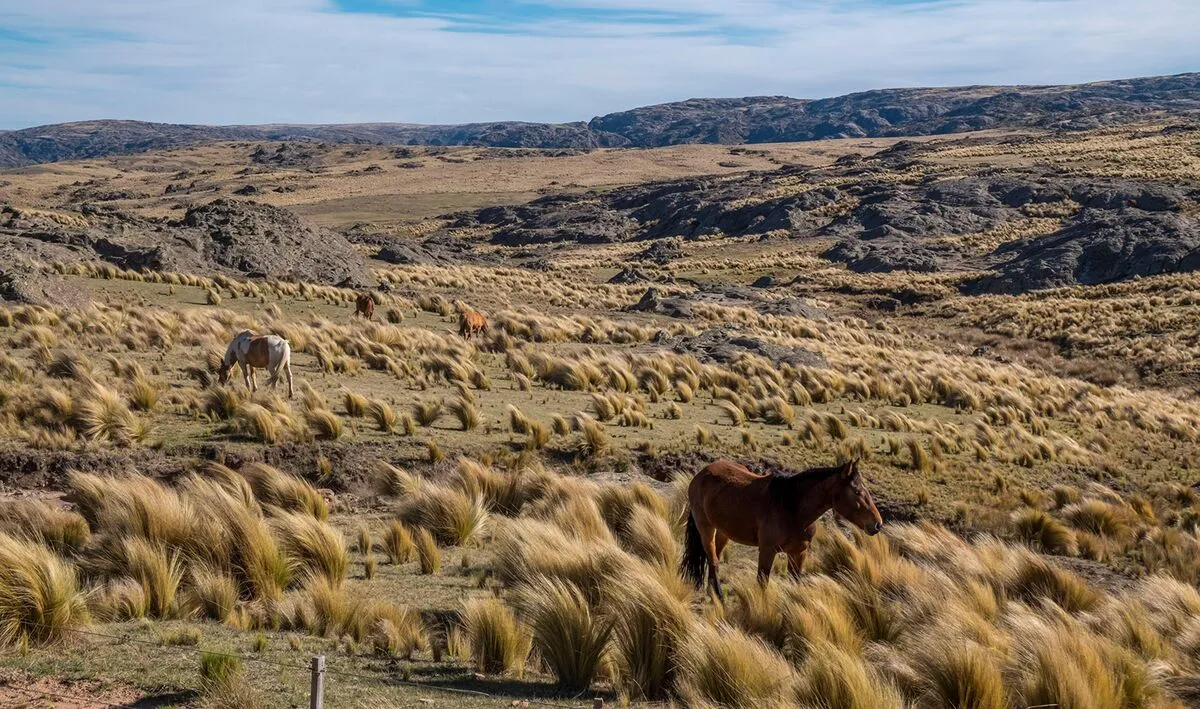The Pampas, a vast biome in South America, has seen a 20% reduction in its natural vegetation since 1985.
This biome, spread over Brazil, Argentina, and Uruguay, covers more than a million square kilometers.
The environmental network MapBiomas recently highlighted this significant loss. It amounts to 9.1 million hectares, especially in native grasslands.
Covering 6.1% of South America’s land, the Pampas’ largest portion lies in Argentina, with 66% of the biome.
Brazil holds 18%, and Uruguay accounts for 16%. The area, once rich in native plants, now has less than half its original coverage.
Grasslands, used for livestock, make up 32% of the territory. These lands offer a balance of animal farming and biodiversity conservation.
However, changes are evident. Farmlands and forests have expanded by 15% since 1985. This growth, covering 8.9 million hectares, shows a shift in land use.

The grassland area, vital for animal farming, has shrunk. It went from 44 million hectares in 1985 to 35 million in 2022.
Economic factors have driven these changes. Rising global prices for commodities like soybeans have influenced land use.
Regions known for cattle are now turning to soybean farming. This shift varies in intensity across the three countries. Brazil, for example, lost the most grassland.
Turning to soybean farming
Brazil’s decline was 2.9 million hectares, a 32% drop from 1985. Although the Pampas is a small part of Brazil’s map, its ecological value is immense.
Argentina, having the largest Pampa region, lost 3.7 million hectares. This area is about 182 times the size of Buenos Aires.
Uruguay also faces similar challenges. The advance of agriculture and forestry has cut down grasslands significantly.
Here, the loss is 2.5 million hectares, 47 times larger than Montevideo. This represents a 20% reduction from the 1985 levels.
The South American Pampas has undergone notable changes over the past decades.
The decline in natural vegetation reflects shifts in land use, driven by economic and agricultural trends.
This change impacts the landscape and the ecological balance of the region.

